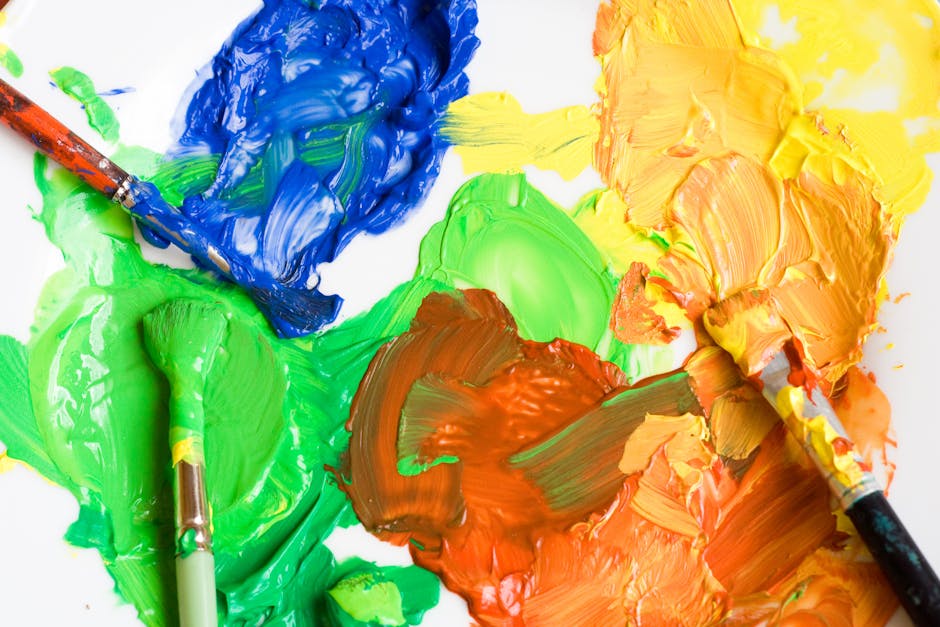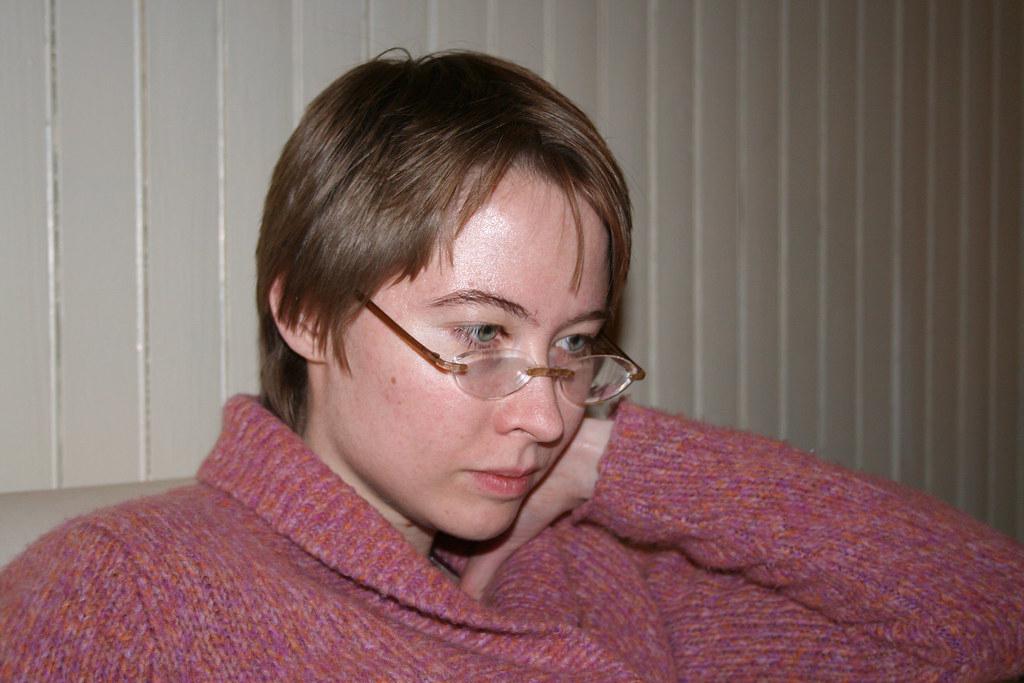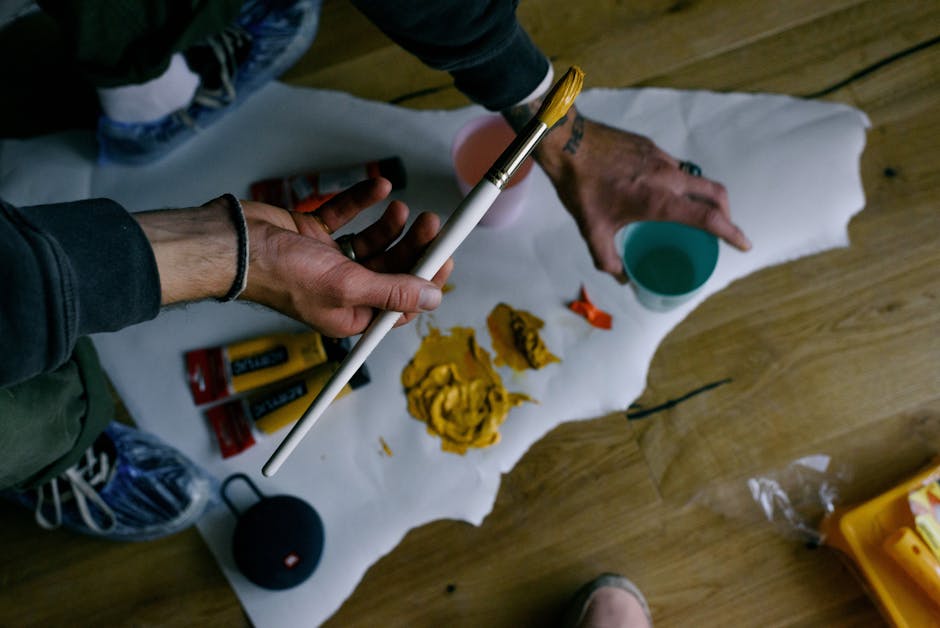Understanding Art Residencies
Art residencies are creative programs that offer artists the opportunity to focus on their work in a new environment, away from the distractions of daily life. These programs are provided by various institutions and private sponsors worldwide, each with its own focus and resources. Some residencies emphasize intensive practice in a specific artistic discipline, while others take a more interdisciplinary approach.
The structure of residency programs varies widely. Some are highly structured with scheduled workshops and critiques, while others provide little more than a room and time to create. Access to specialized equipment, resources, or mentorship from established artists may also be part of the offer.
Selection criteria for artist residencies depend on the sponsors' goals and the specific theme of the residency. Many programs seek applicants whose work displays skill and potential to align with the program's objectives. The application process typically requires submissions of portfolios, project proposals, and sometimes references or evidence of past work's impact.
Benefits of Art Residencies for Artists
Residencies provide artists with uninterrupted time to focus on their creative endeavors in environments that nourish the soul and challenge their medium and methods. Exposure to new cultures, communities, and landscapes can profoundly influence an artist's conceptual framework and outputs, invigorating their palette and directing their work towards previously unexplored subjects and styles.
Residencies also strategically scaffold professional acceleration by providing access to networks of practitioners, curators, critics, and academics who can open doors to further opportunities such as:
- Exhibitions
- Collaborations
- Lectures
- Teaching positions
Positive acclaim in these circles validates an artist's path and amplifies their standing in the wider art community.
The introspective and collaborative environment of a residency fosters personal and artistic development. Scheduled critiques and informal chats with peers or mentors help artists refine their skills, focus their thematic interests, and confidently experiment with new project directions. These periods of intense engagement compress learning curves and stretch comfort zones.
The journey through an art residency often culminates in a body of work that captures bold new ideas or polished refinements of a longstanding project, transforming the artist's career trajectory and laying the foundations for a flourishing artistic voyage.

Challenges and Considerations
While art residencies offer many benefits, they are also competitive and challenging. The application process can be arduous, requiring perseverance and careful crafting of distinct and thoughtful applications that align with the residency's thematic goals.
Financial implications must also be considered. Some residencies cover all costs, while others may require participants to bear some or all expenses, including:
- Travel
- Materials
- Accommodation
Artists should explore external funding sources such as arts councils, private benefactors, or crowdfunding to mitigate financial constraints.
Isolation can be another challenge, particularly in remote or solitary residencies. Strategies to combat this include maintaining a routine, connecting virtually with other creatives, and engaging with the local community when possible.
Residency periods can occasionally stir internal conflicts about one's artistic direction or the quality of work being produced. Regularly structuring reviews of one's progress and setting realistic, achievable goals can help alleviate these uncertainties.
Securing and participating in an art residency requires holistic preparation—artistically, financially, and psychologically. Focusing on these aspects ensures that the experience is as enriching and transformative as envisioned, opening gateways to unexplored realms of creativity and career advancement.

Case Studies of Successful Residencies
Sonia Patterson, a mixed-media artist focusing on environmental themes, participated in a rural artist residency centered on sustainability and community engagement. Over her three-month stay, she interacted with local environmentalists, gaining unique insights that reshaped her creative endeavors and fueled her professional trajectory. These interactions led to her critically acclaimed exhibition series, "Nature's Whisper," which promoted environmental consciousness and earned her recognition within the artistic community.
Anna Kowalski benefited from a six-month residency in Berlin, known for its vibrant and eclectic art scene. During the residency, which focused on collaboration and public interaction, Anna created large-scale installations intertwined with Berlin's historical story and modern motifs. She received guided mentorship and networking opportunities, leading to collaborations with notable German and international galleries and solidifying her position in the global art market.
Jacob Marlow's residency at a tech-integrated studio complex in Singapore highlights the blend of technology and traditional sculpture. The residency's modern facilities and expert guidance on advanced tools allowed Jacob to pioneer an experimental digital sculpture series incorporating AR and VR elements. This experience catalyzed his recognition as an innovator in digital sculpting, paving the way for high-profile tech-art partnerships and exhibitions.
These case studies demonstrate how thoughtfully chosen residencies that align with an artist's creative and professional aspirations can induce pivotal moments and catalyze artistry and market establishment.

Art residencies are transformative experiences that significantly enhance an artist's career and work. By aligning with a residency that resonates with their artistic and professional goals, artists can achieve remarkable growth and establish a more pronounced presence in the art community.
- Lingo EL, Tepper SJ. Looking back, looking forward: Arts-based careers and creative work. Work Occup. 2013;40(4):337-363.
- Elfving T, Kokko I, Gielen P, eds. Contemporary Artist Residencies: Reclaiming Time and Space. Amsterdam: Valiz; 2019.
- Lehman KF. Conceptualising the value of artist residencies: A research agenda. Cult Trends. 2017;26(2):103-121.


























